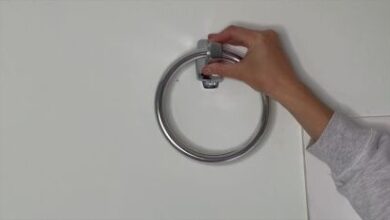A Look Back: The Wooden Paddle and Changing Attitudes Towards Discipline

ADVERTISEMENT
A Look Back: The Wooden Paddle and Changing Attitudes Towards Discipline
The sight of a wooden paddle with holes, once a staple in schools and some homes, brings a rush of memories for many from older generations. With a caption that reads, “This new generation will never know,” this image serves as a stark reminder of how much societal norms around discipline have shifted over the decades. For those who grew up before the 1990s, the paddle was not just a tool but a symbol of authority, respect, and often, fear.
The Purpose Behind the Paddle
ADVERTISEMENT
The wooden paddle, often punctuated with holes to reduce air resistance and deliver a sharper sting, was used as a disciplinary measure. In an era when corporal punishment was widely accepted, many schools across the United States and other parts of the world relied on paddling as a means of maintaining order and respect in the classroom. Teachers and principals wielded the paddle as a tool to correct behavior and instill obedience, believing that a firm hand was essential to student development.
Cultural Shift and Changing Norms
As society progressed, so did attitudes towards physical discipline. By the late 20th century, research began to highlight the psychological and emotional effects of corporal punishment on children. Experts argued that physical punishment could lead to increased aggression, anxiety, and a host of other emotional issues. Gradually, the public opinion shifted, and with it, laws and policies were implemented in various states and countries to ban corporal punishment in schools.
Today, the wooden paddle is largely a relic, a reminder of the discipline styles of the past. For many, its sight evokes a mixed sense of nostalgia and relief—a nostalgic reminder of an era when authority was unquestioned, but also a relief that children today are encouraged to learn from their mistakes in non-physical ways.
Modern Approaches to Discipline
ADVERTISEMENT
In the absence of the paddle, educators and parents have turned to positive reinforcement, time-outs, and other forms of constructive discipline to address behavioral issues. These methods aim to encourage children to understand the consequences of their actions without fear, promoting an environment where respect is earned rather than instilled through intimidation.
This shift reflects a broader understanding that discipline is more than punishment. It’s about guiding, nurturing, and teaching children to make better choices independently. In a way, the wooden paddle symbolizes not just a tool from the past but a point of reflection on how far society has come in understanding child development and empathy.
The Paddle as a Historical Artifact
Today, the paddle has become more of a cultural artifact, something people talk about with curiosity and amazement. It’s a reminder of how much parenting and educational philosophies have evolved. Many see the shift away from such tools as a positive move toward fostering a healthier emotional environment for children, one where discipline is grounded in respect, understanding, and positive reinforcement rather than fear.
While “this new generation will never know” the experience of the paddle, they are growing up in a world with new challenges and new methods of discipline—ones that focus on building self-esteem, teaching accountability, and preparing them for a world that values empathy over authority.
ADVERTISEMENT




